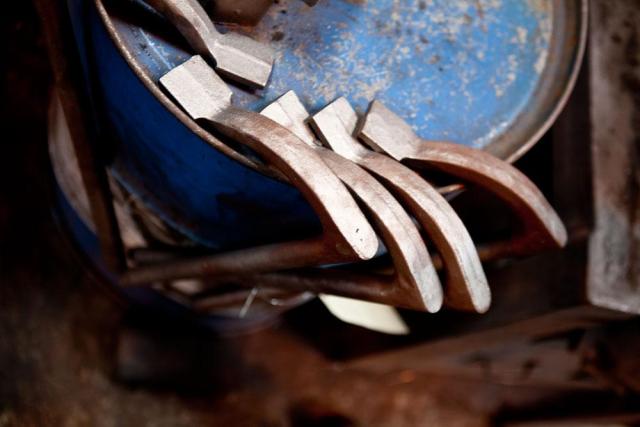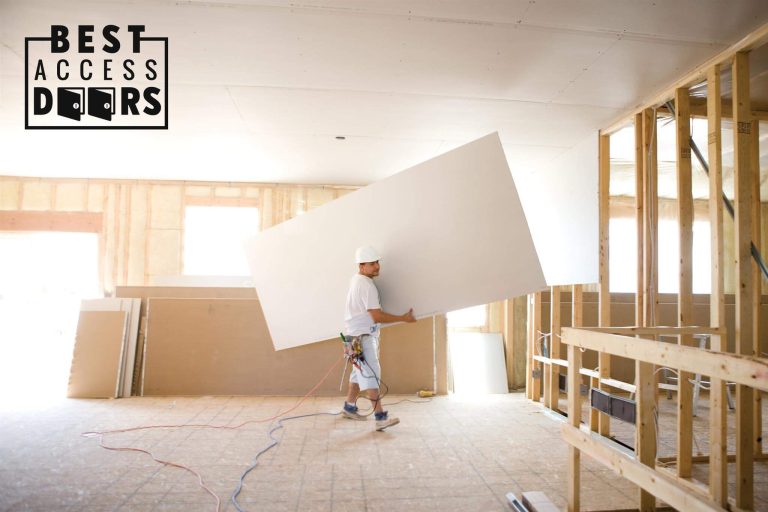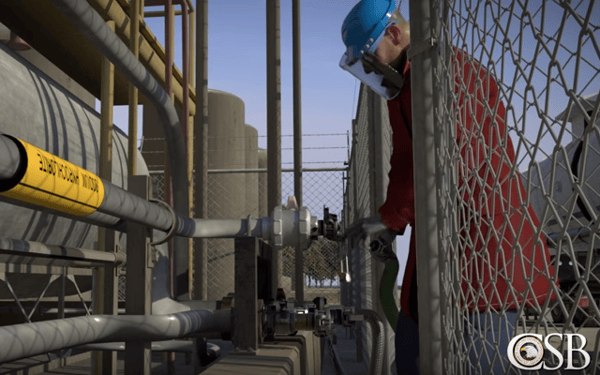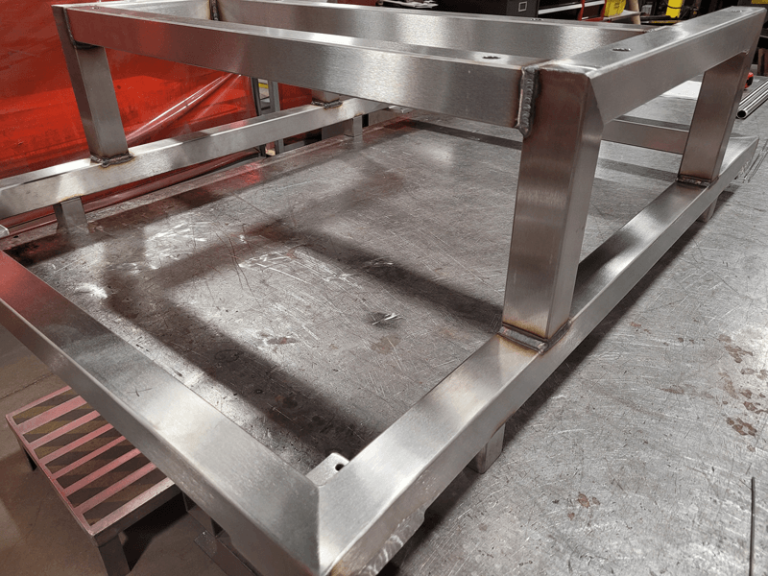At the Erhart Foundry –
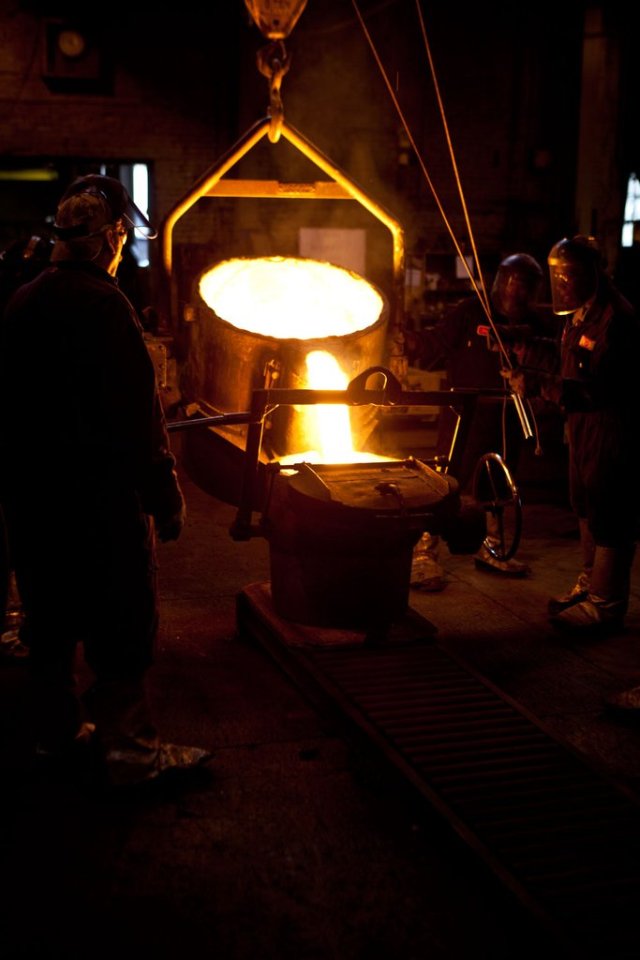
Our holdfasts are produced two at a time at the Erhart Foundry, which is in the old industrial quarter of Cincinnati – less than two miles from my workshop. It’s a family-run operation that has been in business since 1854; when you call them you still talk to an Erhart.
Like most foundries I’ve visited, everything is red hot or soot black. No one in the place is holding a smart phone on the foundry floor (that’s a fireable offense). And everyone is paying attention to the world around them because a lapse of concentration could be crippling.
When they pour, the pace seems like a slow, synchronized swimming performance. The metal, much of it scrap, is heated in the electric furnaces on one side of the building. As the correct temperature is reached, employees take samples of the composition of the iron using a computer that looks like it’s from the set of the 1983 movie “Wargames.” It’s the only computer on the foundry floor.
When the right temperature and chemical composition is reached, the iron is tapped into a transport vessel – a crucible – to take it to the waiting moulds.
Across the room, Erhart employees make the moulds for our holdfasts. Our holdfasts are sandcast, so they use our wooden pattern to make the two halves of the mould – the cope and the drag. With those two parts of the mould put together, it is ready to receive the molten ductile iron. (Our holdfasts are made with iron that has been treated with a “nodulizer” – an element such as magnesium – that encourages the iron molecules to gather in nodules instead of flakes. This makes the iron resistant to cracking when struck.)
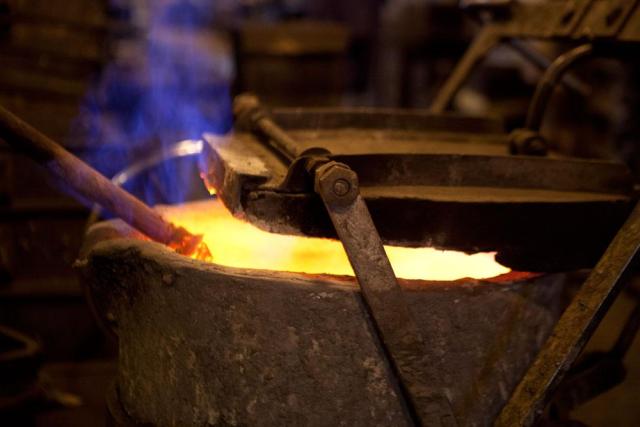
During the pour shown in these photographs, the iron was tapped into a smaller vessel before being taken to our waiting moulds.
The pouring process is labor-intensive. While some foundries use robots or vacuum pressure to pour the metal in the moulds, our moulds are poured one at a time by two employees.
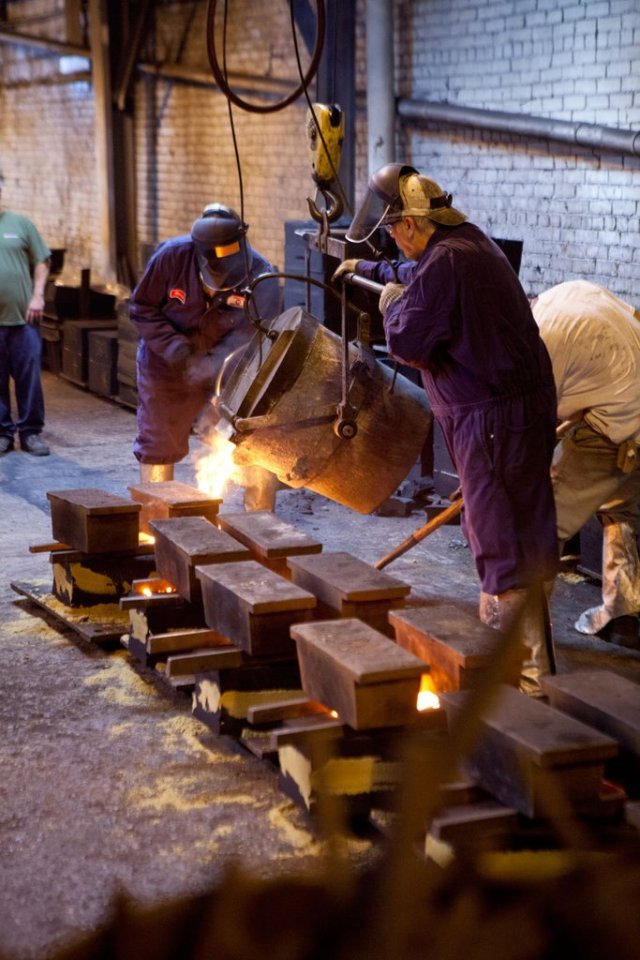
After the metal cools, the holdfasts are removed during a process called “shakeout,” where they are removed from the sand moulds. The sand is recycled.
The holdfasts are then hand-ground by Erhart employees, removing the extra flash left from the pour, plus the gates and risers that help direct the molten metal where it needs to go. After grinding, the employees test each shaft to ensure it will enter a 1” hole. If it won’t, they correct the problem or the holdfast is re-melted for another pour. After a surface treatment to give the holdfast a rough surface, we pick up the results from the pour and continue refining the tools back in our shop at Willard Avenue in Covington, Ky.
While there are lots of ways to automate the casting process, we prefer the more human results we get from Erhart foundry. Every holdfast looks different, but they all work the same.
— Christopher Schwarz
